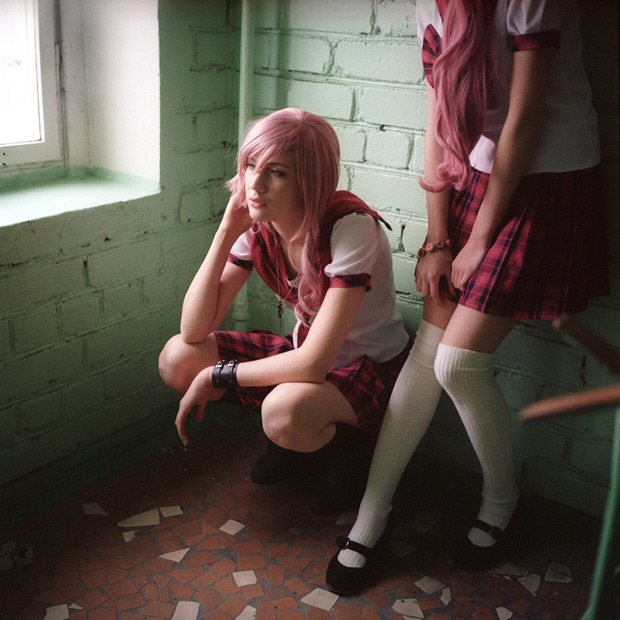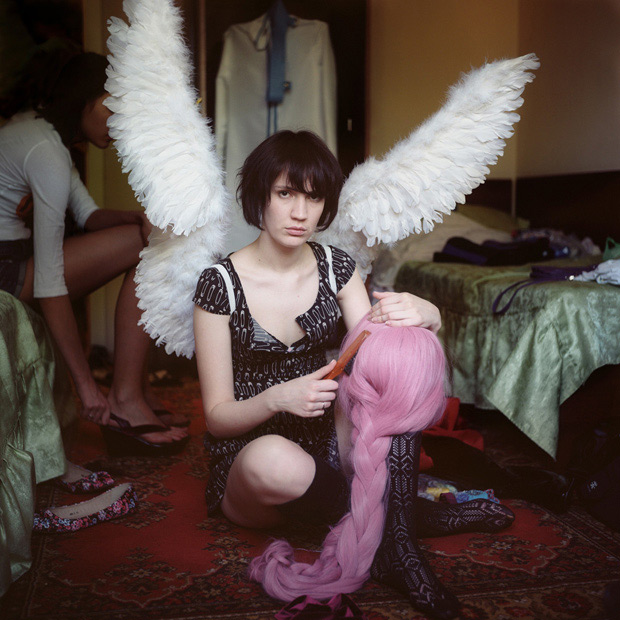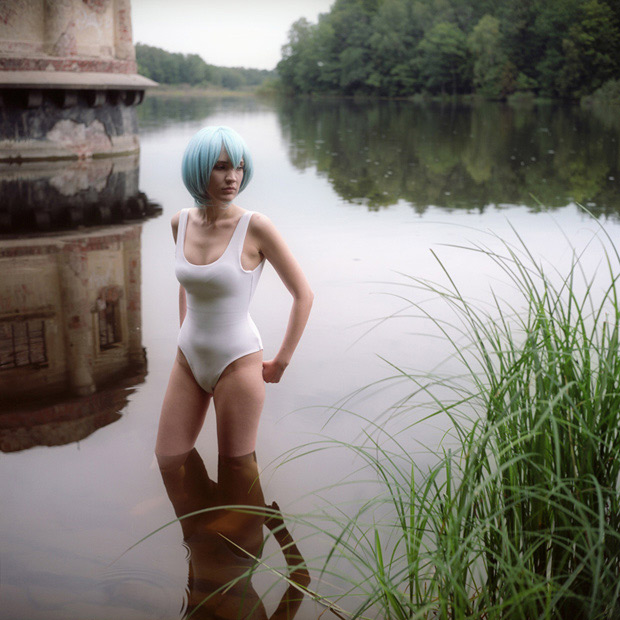For Transmogrify,
New Jersey-based photographer Michael Massaia melts more than a dozen ice cream
pops, tracing the unsettling yet beguiling ways in which each sugary confection
becomes disfigured and reconstituted as it dissolves into nothingness. The photographer’s
childhood, he explains, was marked in part by an acute misperception of his
surroundings. Ordinary objects at times appeared to him as something entirely
foreign, a phenomenon that he describes both as seductive and frightening.
Decades later, Massaia, now thirty-six, employs the innocent figure of the ice
cream bar to express the ways in which our youths, though often looked upon
with nostalgia and sentimentality, are sometimes tinged with moments of
darkness, confusion, and alienation.
Here, the ice
cream bars, the simplest of childhood pleasures, become both frightful and
compelling, like nebulae extending for an inestimable measures of space. The
pops that worked best, he notes, are the old-timers found in carts, and he
often found himself— like an excited boy—chasing after trucks as they whizzed
past playing their familiar, haunting tune. The melting process was done over
the course of about an hour, over a sheet of plexi glass in the artist’s home
studio. While working on the project, he re-activitated his boyhood taste for
the bars, and he admits, it’s been hard to say goodbye to the sweets. “I’m
almost weaned off,” says the artist.
I really like the tie dye effect that the melted ice cream
gives off as well as the different colors together. I also like the how distorted some of the ice
cream get when it is left out to melt.
All of the pieces give off a nostalgic feel back from childhood and
memories of running after the ice cream truck on a hot summers day.








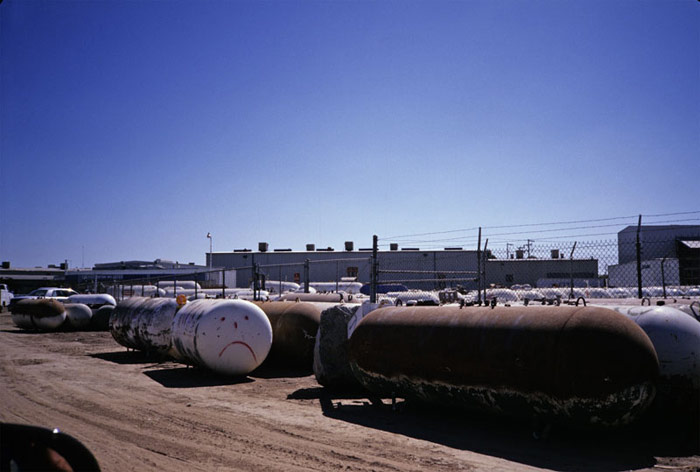



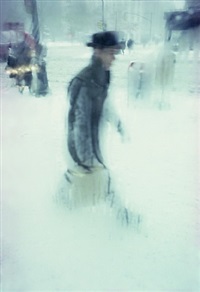
.jpg)
.jpg)












